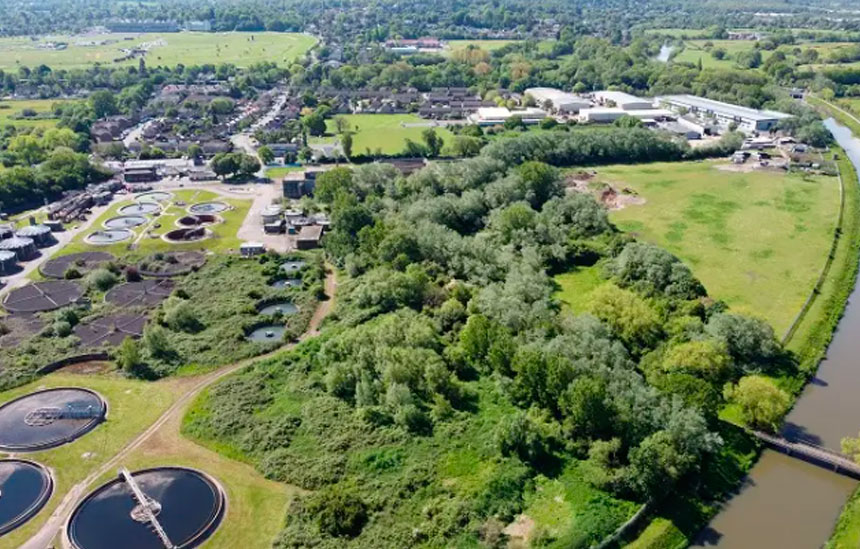- Thames Water publishes its co-created draft drainage and wastewater management plan which will ensure an ambitious, resilient and sustainable wastewater service for future generations. (1)
- Through extensive engagement with partner organisations, the plan, which spans from 2025 to 2050, aims to provide the best value for Thames Water’s customers, communities, and the region’s environment, while managing the impact of a growing population and climate change on its services.
- The draft plan is open for public consultation on Thames Water’s website from June 30th to September 22nd, 2022.
Thames Water has published its co-created draft Drainage and Wastewater Management Plan 2025-2050 (DWMP) for public consultation, which details the long-term risks to infrastructure due to population growth and climate change. To tackle these societal challenges, the company has set out clear plans to encourage partnership working, which will drive more sustainable solutions with wider societal benefits.
Extensive engagement has created a collaborative draft plan, through 900 hours of interactive stakeholder engagement with its partners. In total the plan incorporates valuable input across 550 customer households, 70 local authorities, 50 organisations, including the Environment Agency, and numerous environmental groups at a national, regional and local level.
What are the challenges facing London and the Thames Valley?
The population in London and the Thames Valley region is predicted to grow by 2.7 million by 2050 (2), while extreme weather events resulting from climate change and the loss of ‘spongy’ surfaces and green areas which can absorb water is expected to put extra pressure on the company’s wastewater and drainage services. The need to plan effectively for the long term is essential, this plan sets out the innovative solutions that are required to overcome these challenges.
Thames Water and its partners suggested approach
Nature-based infrastructure is at the centre of the proposed plan to tackle flooding, protect homes and reduce storm discharges. This includes:
- Providing sustainable drainage systems (SuDS) to 7,000 hectares of land in London (3) (The company has previously provided sustainable solutions to flood risk areas by delivering rain-gardens, rain-collecting roofs and SuDS installations in parks and streets as well as wetland creation and river restoration)
- investment in Thames Water’s sewage treatment works to increase capacity and provide more efficiencies
- a plan to prevent wastewater pollution; leading wider efforts to restore river health and create thriving natural environments.
How to get involved
Now is the opportunity for everyone to shape this ambitious plan and ensure it meets the needs of generations to come. The public consultation on the draft plan is available on Thames Water’s website from 30th June to 22nd September 2022. Comments on the plan will be factored into the finalised plan which will be published in March 2023. The finalised DWMP will inform Thames Water’s business plan for 2025-2030.
Sarah Bentley, Thames Water CEO said: “Over the next 25 years and beyond, we must be able to meet the challenges of climate change and population growth, while continuing to provide wastewater services to our customers.
“Flooding can be a devastating experience and we’re seeing more and more the pressures significant rainfall events can put on our network, so we want to take action to stop rainwater, getting into the sewers in the first place so as not needing to be sent to our sewage works for treatment.
“Delivering positive outcomes for our customers, the communities we serve and the natural environment across our region is at the heart of this proposed plan and our values as a company. So, I’m excited to be sharing our collective vision for creating a more sustainable and green solutions-based approach to drainage and wastewater, while providing greater access to our sites and green spaces.
“Working collaboratively with our partners will make a big difference to wastewater activities for future generations and our precious environment.”
Ends
1. The draft DWMP was created in partnership with customers, community and environment groups and regulators such as the Environment Agency, that have responsibilities for, or an interest in, drainage and wastewater services in Thames Water’s region.
2. Figures based on Local Authority-based growth forecasts alongside population projections from the Office for National Statistics (as assessed in 2018).
3. 7,200 hectares is the equivalent of 50 Hyde Parks.

